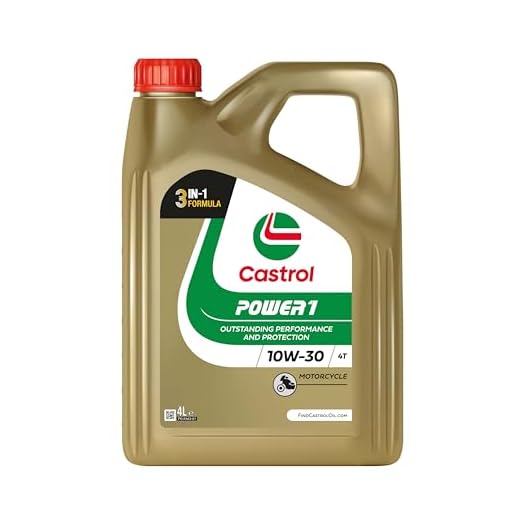
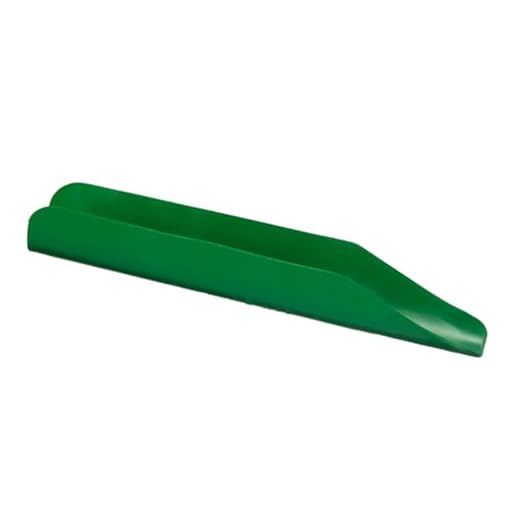


For optimal performance of your high-pressure cleaner, utilise SAE 30 or 10W-30 lubricant, depending on the operating temperature. These grades ensure smooth functioning and longevity of the engine, especially under strenuous use.
When considering brands, I recommend sticking with well-known names such as Mobil or Castrol, which offer formulations that effectively withstand high rotational speeds and heat. These products provide superior protection against wear, ensuring your equipment remains in peak condition.
Always refer to the manufacturer’s guidelines before adding any fluid, as formulations can differ significantly between models. Keeping an eye on the oil level is crucial; a regular check every few uses will help maintain optimal performance.
Types of Oil Suitable for Pressure Washers
For optimum performance, select a 4-stroke engine lubricant that meets the specifications outlined in the user manual. Typically, a detergent oil with a viscosity rating of 10W-30 or 10W-40 will suffice for most models, ensuring proper lubrication and engine protection.
Semi-Synthetic Options
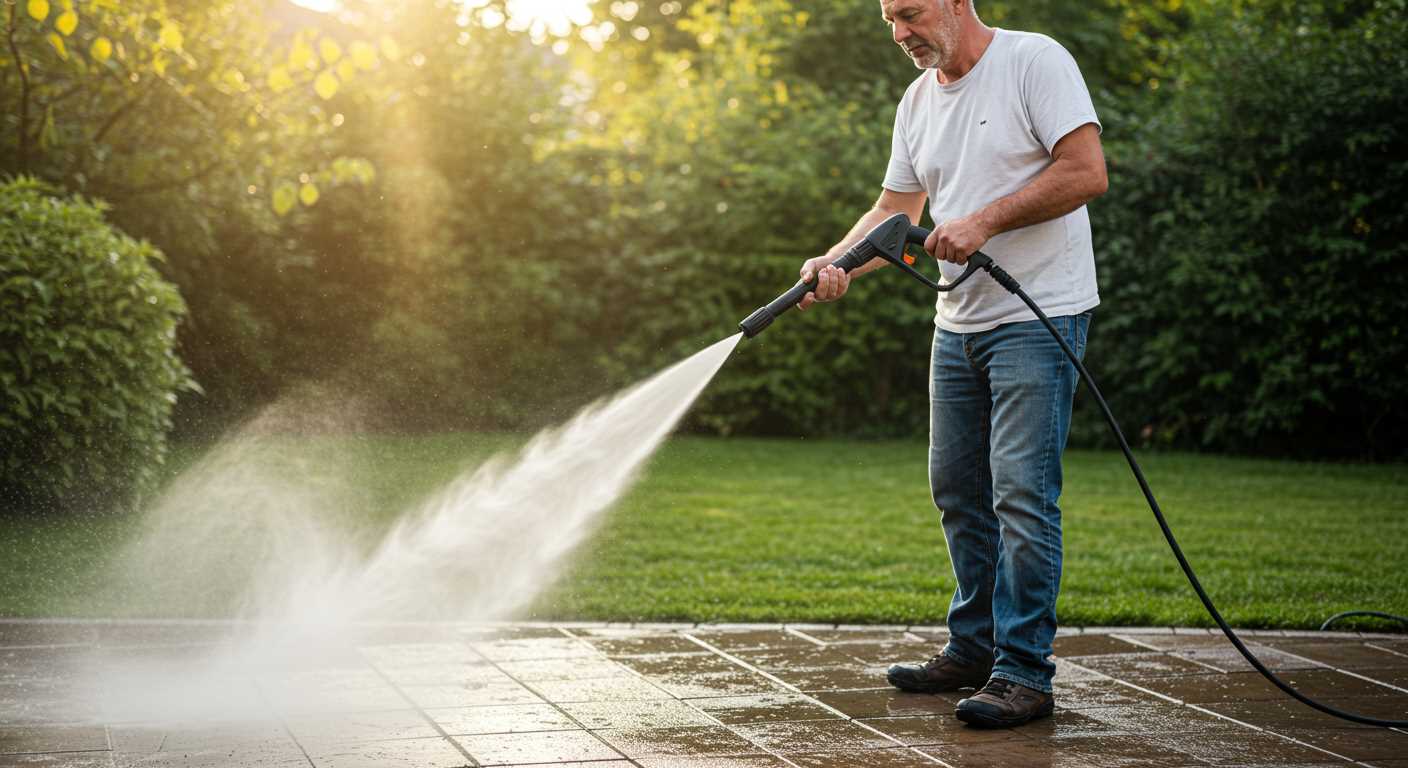
Semi-synthetic formulations offer an excellent compromise between mineral and full synthetic lubricants. These options enhance thermal stability and reduce engine wear, making them ideal for both casual and intensive use. Look for products specifically designed for high-performance engines to maximise effectiveness.
Full Synthetic Variants
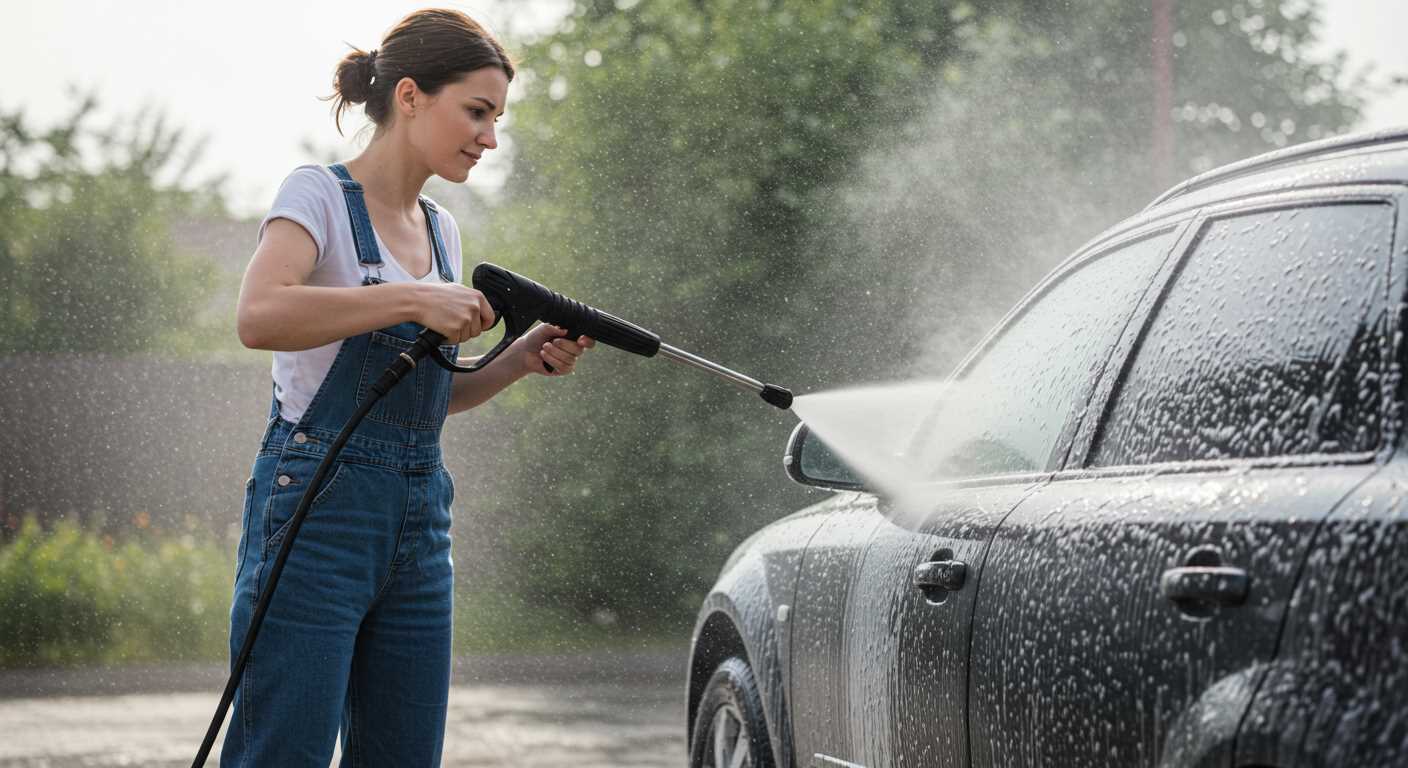
For those who desire the highest level of engine protection, full synthetic lubricants are recommended. They provide superior performance under extreme temperatures and extended service intervals. While these may come at a higher price point, the long-term benefits in terms of engine durability can outweigh the initial investment.
Understanding Viscosity Ratings for Pressure Washer Oil
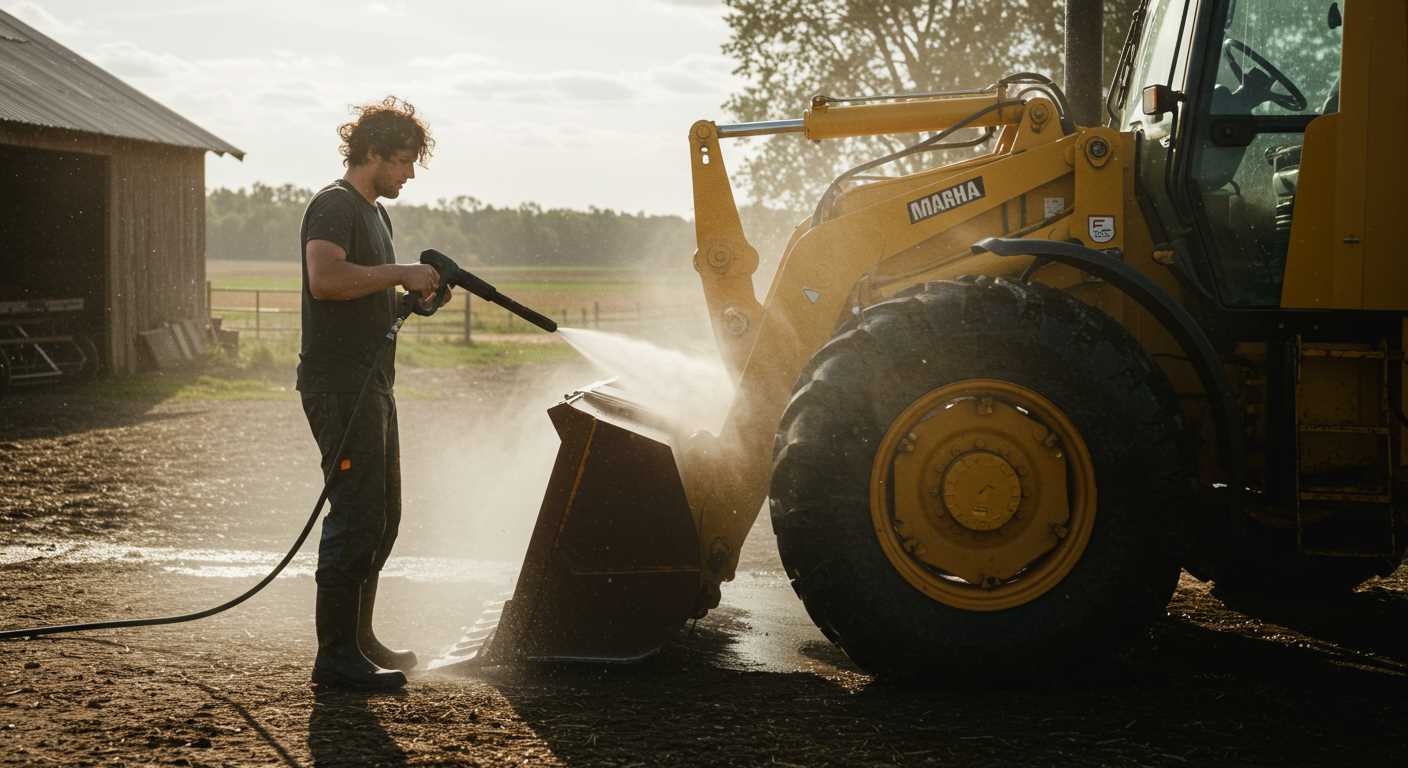
For optimal performance, I recommend using a product with a viscosity rating that suits the operating conditions of your machine. Common ratings include SAE 30, SAE 10W-30, and SAE 5W-30. Each rating indicates how the lubricant performs at different temperatures.
Here’s a quick overview:
- SAE 30: Best used in warmer climates, providing a thicker solution that maintains stability at high temperatures.
- SAE 10W-30: Offers versatility for varying temperatures, ideal for moderate conditions.
- SAE 5W-30: Excellent for cold starts, ensuring a smooth flow even in lower temperatures.
Always check the manufacturer’s specifications to ensure compatibility with your unit, as using the wrong viscosity can lead to inadequate lubrication and potential mechanical issues. It’s advisable to consult the user manual to find the suite that performance and protection levels align with your setup.
Remember that seasonal changes can affect viscosity preferences. In the summer, opting for a thicker variant may help maintain performance under higher temperatures. Conversely, during the winter months, a thinner option can facilitate easier starts and better flow.
Testing different types can provide insight into what works best for your specific situation. Regular oil checks and changes are key to maintaining optimal functionality and extending the lifespan of your equipment.
Oil Change Frequency for Pressure Washers
Change the lubricant after every 50 hours of operation or at least once a year. For frequent or heavy use, consider drilling down to every 30 hours. This practice ensures that the engine runs smoothly and enhances its longevity.
Signs Indicating Oil Change
Monitor the colour and consistency of the lubricant. If it appears dark or has a gritty texture, a change is due. Unusual noises from the motor can also signal that it’s time to replace the fluid. Regular checks can save you from costly repairs.
Seasonal Maintenance Tips
Before starting up in spring, be sure to change the lubricant if the unit has been idle over winter. For models stored in extreme conditions, check the level and condition monthly. After heavy usage, especially in earthy or muddy environments, change immediately to maintain performance.
| Usage Frequency | Recommended Change Interval |
|---|---|
| Light Use | Every 50 hours or annually |
| Moderate Use | Every 30-40 hours |
| Heavy Use | Every 30 hours |
How to Choose the Right Oil Brand for Your Pressure Washer
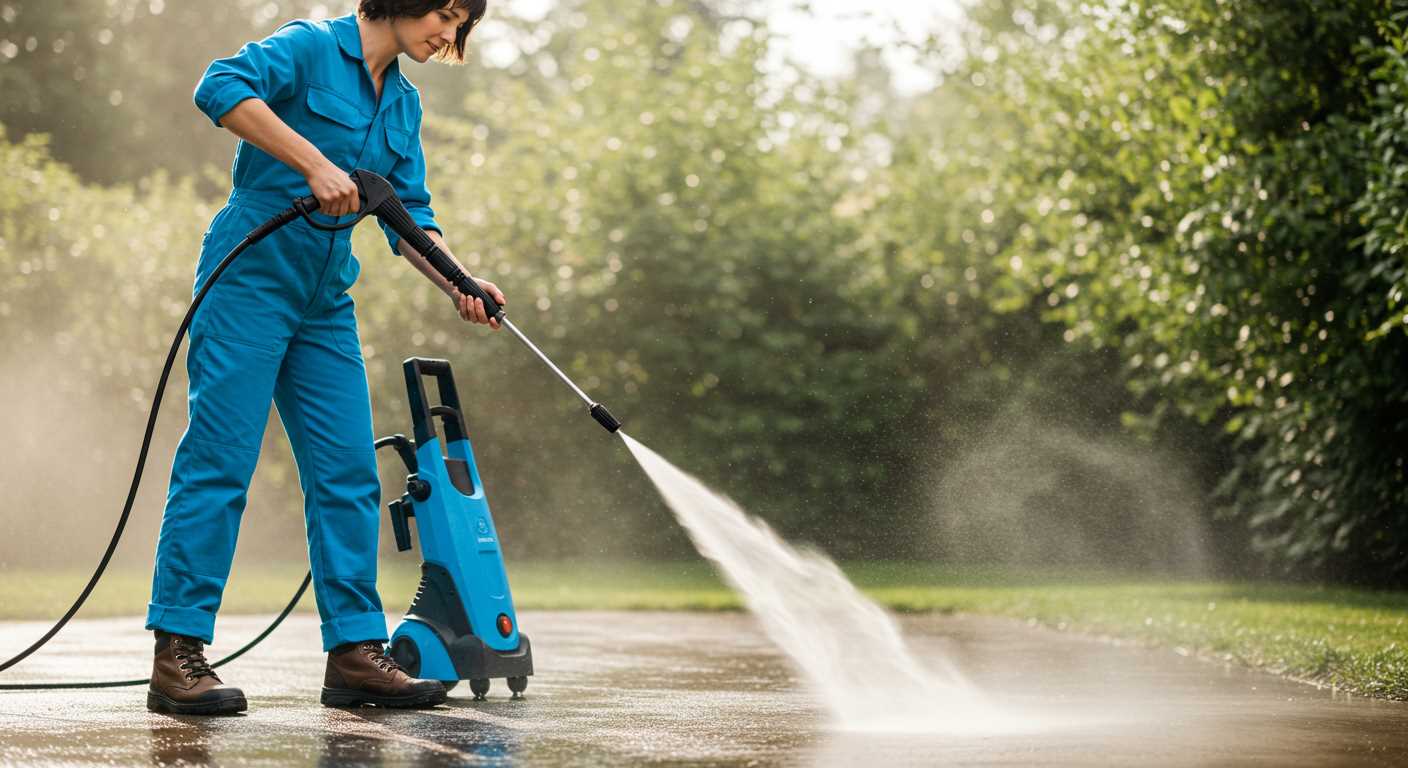
Opt for reputable brands that have established a solid presence in the cleaning equipment market. Companies like Mobil, Castrol, and Shell often provide high-quality products tailored for the specific needs of machines like yours. Their oils are designed to enhance performance and longevity.
Check for compatibility with your machine’s specifications. Always refer to the manufacturer’s guidelines, noting recommended viscosity and additives. Selecting a brand explicitly formulated for your model ensures optimal operation and protection against wear.
Invest in products that have been tested and certified. Look for labels from recognised testing organisations to verify the quality and reliability of the lubricant. This information can guide you toward well-rated options based on user experiences and expert reviews.
Consider the type of environment in which your equipment will be used. If your model operates in extreme conditions–such as high temperatures or heavy loads–choose a brand that offers specially formulated options to meet these demands, ensuring enhanced performance under stress.
Seek recommendations from professionals and other users. Online forums and reviews provide insights into real-world performance and reliability. Engaging with experienced users can reveal hidden gems that may not be widely known.
Finally, take into account price versus longevity. Sometimes, it’s worth investing a bit more upfront for a product that offers better protection and efficiency, leading to lower maintenance costs in the long run. A slight increase in initial costs can pay off by extending the lifespan of your equipment.
Common Mistakes When Adding Oil to Pressure Washers
Overfilling the reservoir is a frequent error. This leads to excess fluid being pushed out during operation, which can damage seals and create a mess. Ensure the level is within the manufacturer’s recommended range.
Using the wrong viscosity can also cause issues. Always check the specifications for the correct thickness to ensure proper lubrication and performance.
Neglecting to clean the area around the fill cap is another oversight. Dirt and debris can contaminate the lubricant, leading to wear and tear on the internal components.
Failing to use a funnel may result in spills, which not only waste the product but can also create hazardous conditions on the work surface. A simple tool can make a substantial difference in maintaining cleanliness.
Lastly, overlooking the need for a periodic check or top-up can lead to insufficient lubrication. Regularly inspecting levels ensures optimal functionality and extends the lifespan of the machine.
Signs Your Pressure Washer Oil Needs to be Changed
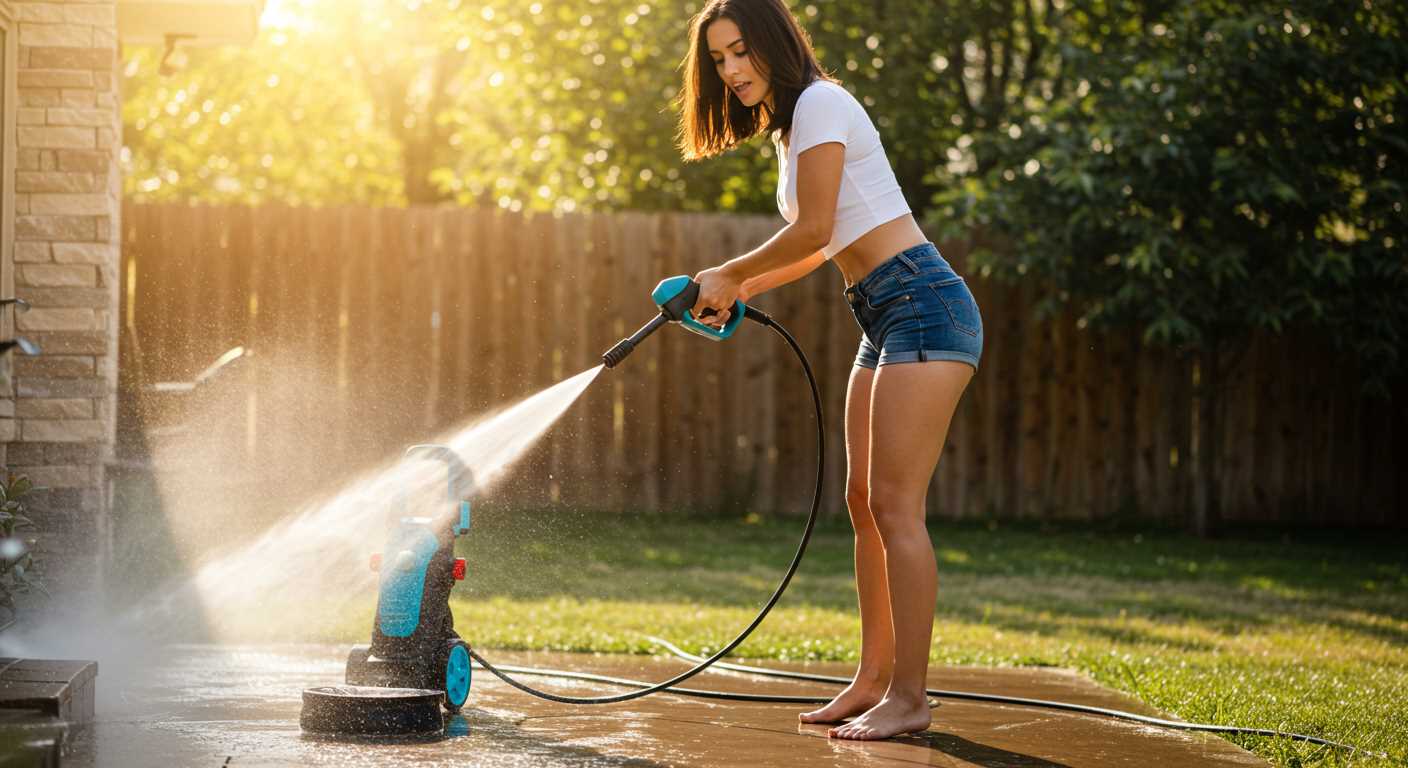
Check the level regularly; if it’s low, top up immediately. Dark, gritty, or milky substances indicate contamination. A burnt or unusual odour is a clear signal that the lubricant has degraded. Excessive noise or vibrations during operation can mean insufficient lubrication, prompting a change. Frequent overheating is another red flag–keep an eye on the unit’s temperature during use. If you notice leaking beneath the machine, it might indicate internal issues requiring immediate attention. Testing the viscosity occasionally can help determine its effectiveness; if it’s too thin, it’s time to replace. Lastly, adhere to the manufacturer’s schedule for regular changes to maintain optimal performance.
Comparing Synthetic vs Conventional Lubricants for Wash Equipment
Synthetic lubricants outperform conventional options in most scenarios, particularly in high-performance machinery. They offer superior thermal stability and resistance to breakdown, leading to longer intervals between changes, reducing maintenance efforts. Additionally, synthetic formulas tend to flow better at low temperatures, ensuring effective operation even in colder conditions.
Advantages of Synthetic Lubricants
- Enhanced protection against wear and tear, extending the lifespan of components.
- Resistant to oxidation, resulting in fewer deposits and cleaner engines.
- Improved performance in extreme conditions, providing reliability in various environments.
Drawbacks of Synthetic Lubricants
- Higher initial cost compared to conventional alternatives.
- Potential compatibility issues with certain older models that may require specific formulations.
Conventional options offer satisfactory protection for casual users and can be more affordable. However, they may require more frequent changes due to quicker degradation. For basic tasks, these lubricants suffice; however, dedicated users should consider synthetic choices for optimal performance and longevity.
When evaluating which type to choose, consider your operational demands and the specific needs of your equipment. For regular, intensive use, synthetic lubricants are the most effective option.
FAQ:
What type of oil is recommended for pressure washers?
Pressure washers generally require non-detergent oil for their engines. It is commonly recommended to use SAE 30 or 10W-30 oil, especially in warmer climates. In colder weather, a lighter oil like 5W-30 may be more suitable. Always refer to the owner’s manual for the specific oil type for your model, as it may vary.
How often should I change the oil in my pressure washer?
The oil in a pressure washer should be changed after the first 20-50 hours of use, and then every 50-100 hours thereafter, depending on the model and usage. Frequent use or harsh conditions may require more regular changes. Regular oil changes help maintain engine efficiency and prolong the life of the washer.
Can I use regular motor oil in my pressure washer?
Using regular motor oil, particularly detergent types, is not recommended for pressure washer engines due to the risk of sludging and other issues that can arise. Non-detergent oils are specifically formulated for small engines and help reduce wear while ensuring proper lubrication. Check the manufacturer’s guidelines to choose the right oil.
Where can I purchase oil for my pressure washer?
Oil for pressure washers can be purchased at most hardware stores, home improvement centres, or online retailers. Some manufacturers also sell their own brand of oil specifically designed for their machines. When buying, ensure that the oil meets the specifications outlined in your owner’s manual for optimal performance.


